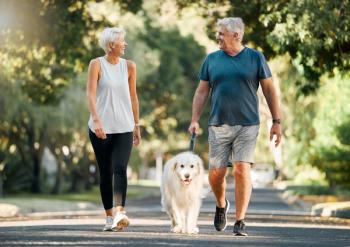
Episode 32: A look at 2 different tooth resorption classifications
On this episode of The Vet Blast Podcast, veterinary dentist Jan Bellows talks with Dr. Adam Christman about the different classifications of tooth resorption, plus offers various treatment approaches.
Half of all cats have at least one
In this latest episode of The Vet Blast Podcast, Bellows offers insight on 2 classifications of tooth resorption and how to best manage this common condition.
You can classify tooth resorption by the anatomic extent of the lesion or by the radiographic appearance, Bellows tells Dr. Adam Christman. The anatomical approach includes the following 5 stages:
- Stage 1. Microscopic, it starts at the cementum and is hardly visible.
- Stage 2. It invades the dentin.
- Stage 3. It invades both dentin and pulp.
- Stage 4. It destroys most of the tooth.
- Stage 5.There’s a visible bump with small amounts of tissue below it.
When it comes to tooth resorption, radiographic classification is arguably the most important and can be broken down into 3 different types.
- Type 1. The has tooth resorption in it but the root has the same opacity as the adjacent teeth. You often have to remove affected teeth.
- Type 2. There is tooth resorption, but the root is being resorbed with less opacity. The bone is replacing the root itself. If you wait too long, there won’t be any root left. “Since it’s exposed to the oral cavity, the tooth itself is painful,” explains Bellows. “So, you do a little flap, you take your drill, amputate the crown and a little bit of the root, and then you sow over the gingiva and you give the body it’s time to take away the whole root.”
- Type 3. This is a combination of both type 1 and type 2. One root is type 1 and the other is type 2. “Since this is a combination of the first and second type, you can take out 1 root and perform a crown reduction on the other root that’s disappearing," says Bellows.
Listen below to learn more about classifying tooth resorption, plus some top strategies for managing this condition.
Newsletter
From exam room tips to practice management insights, get trusted veterinary news delivered straight to your inbox—subscribe to dvm360.





